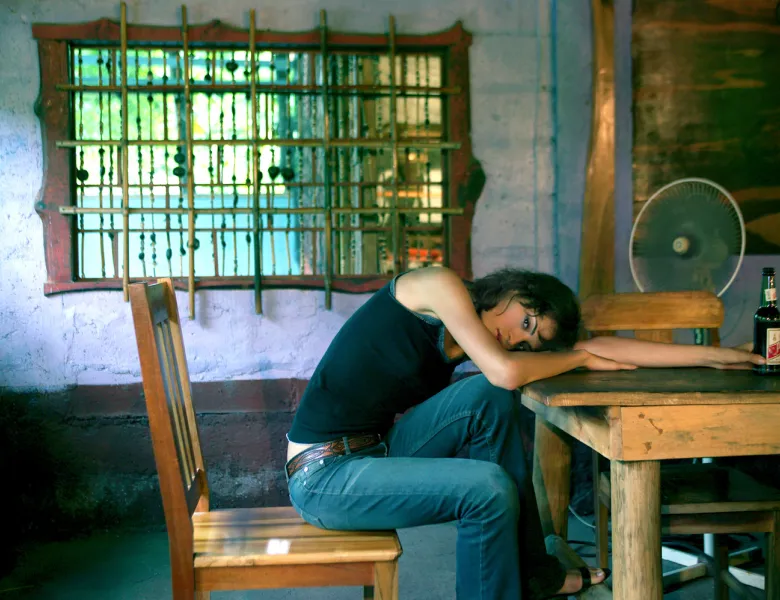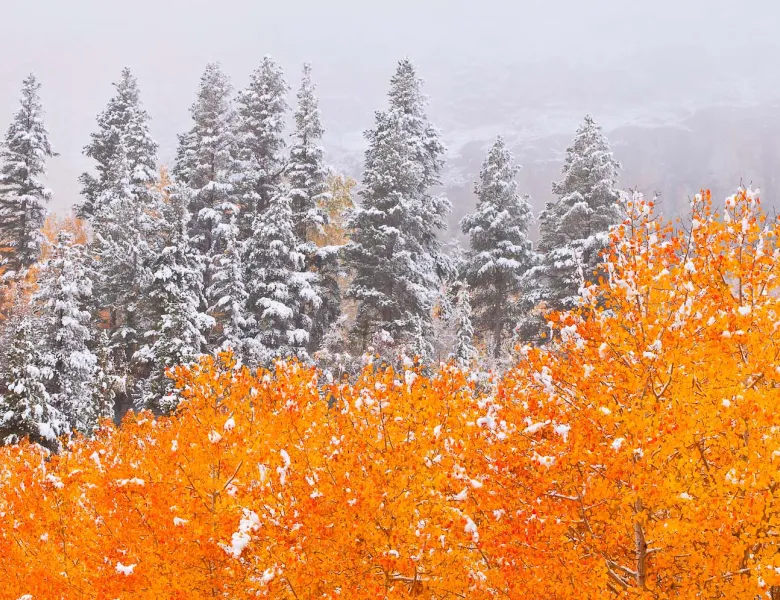Drawn to disappearing cultures
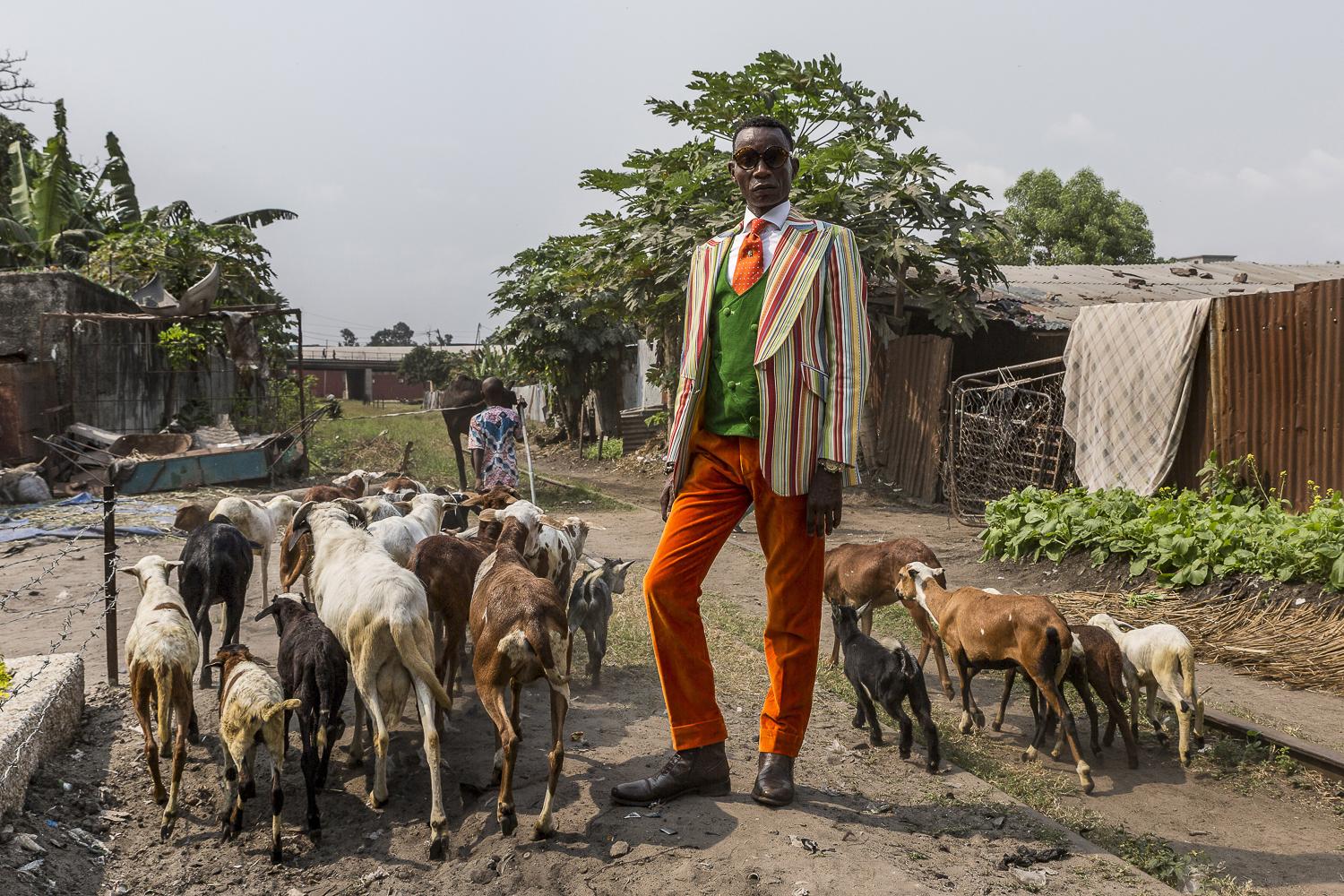
Tariq Zaidi is a freelance photographer based out of London, England. Zaidi’s photography focuses on inequality, social change and endangered communities. Zaidi has worked in 18 countries across 4 continents, mainly in the developing world. His work has been shown in over 60 international exhibitions, and has been featured in over 700 publications since August 2015.
His current focus is on creating a visual anthology of dignity and community in some of the poorest regions of the world, entitled ‘Capturing the Human Spirit’. The first three instalments of the project were featured at Visa Pour L’image, International Festival of Journalism (Perpignan, France) in September 2018. Tariq work is represented by Zuma Press (USA), Caters News Agency (UK) and Getty Images (UK).
His series The Sapeurs of Brazzaville was awarded by The Fence [ 2018 NATIONAL]. The FENCE is an annual call for entries to be part of the largest outdoor photography exhibition in North America, with public exhibitions in Brooklyn (NY), Atlanta (GA), Calgary (Canada), Houston (TX), Sarasota (FL), Seattle (WA), Boston (MA), and Denver (CO). Photographers of all levels, from around the world, are invited to apply online at fence.photoville.com.
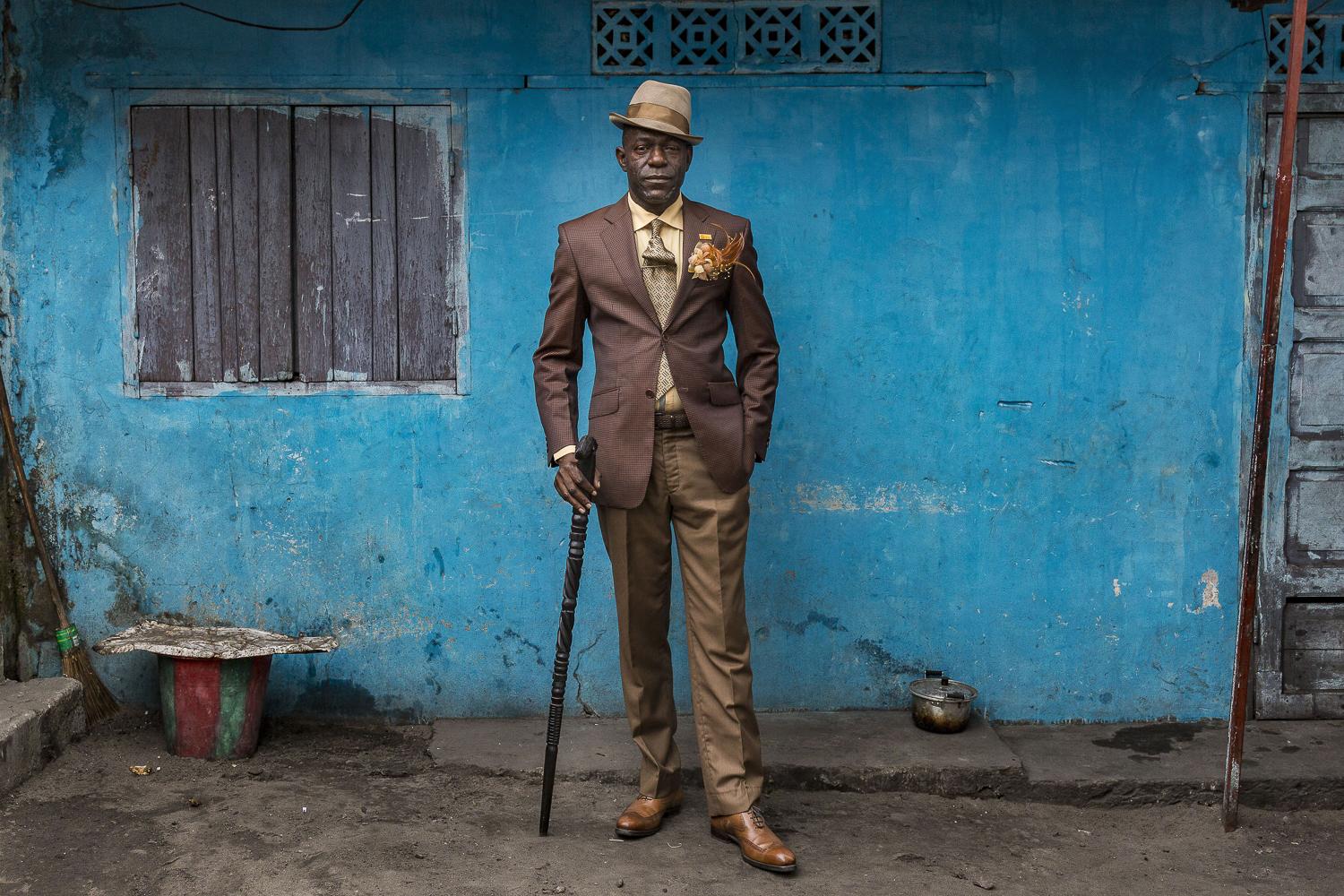
You gave up a senior corporate position to pursue your passion of capturing the dignity, purity, and soul of people within their environments. What made you do this? Was it a difficult decision to make?
After almost 20 years in the business/corporate world, I was so tired of the corporate environment, it was just killing me and I felt like I was going to die if I kept doing this, I need to live, to do what I love and give it a shot.
A friend of mine who is a professional photographer and is very successful said to me ‘Do you know how hard it is to become a professional photographer? Because just in London alone there are something like 22,000 photographers who are trying to make a living, you are just not going to make it, it’s just so hard. Before you quit your job make sure you have enough money to somehow survive for the next three to five years because you are not going to get anywhere for at least 5 years and that’s if you are damn good & lucky’. You know what, I just said ‘perfect’ - I love that challenge and I’m going to go for it, irrespective of what you say. I set myself targets and financial budgets, like I can only spend this much this year as I need to buy a computer, I need to buy software, I need to buy a camera, it all costs a lot of upfront money. I knew I needed to sell my photographs so at least I’m not losing money. The last thing I wanted to do is lose a job I can probably never go back to, and get into debt. I wanted to make it a successful business and my idea of success was not losing money for the next five years.
I was very lucky, I had a tremendous amount of success for a beginner in my first year. I was involved in multiple assignments, I was lucky enough at that time to be teaching, people were buying my photographs, I was getting published and things just flew! Even though my target for year one was not too lose money, I actually made some money, enough to try another year and then another and well, here we are now.
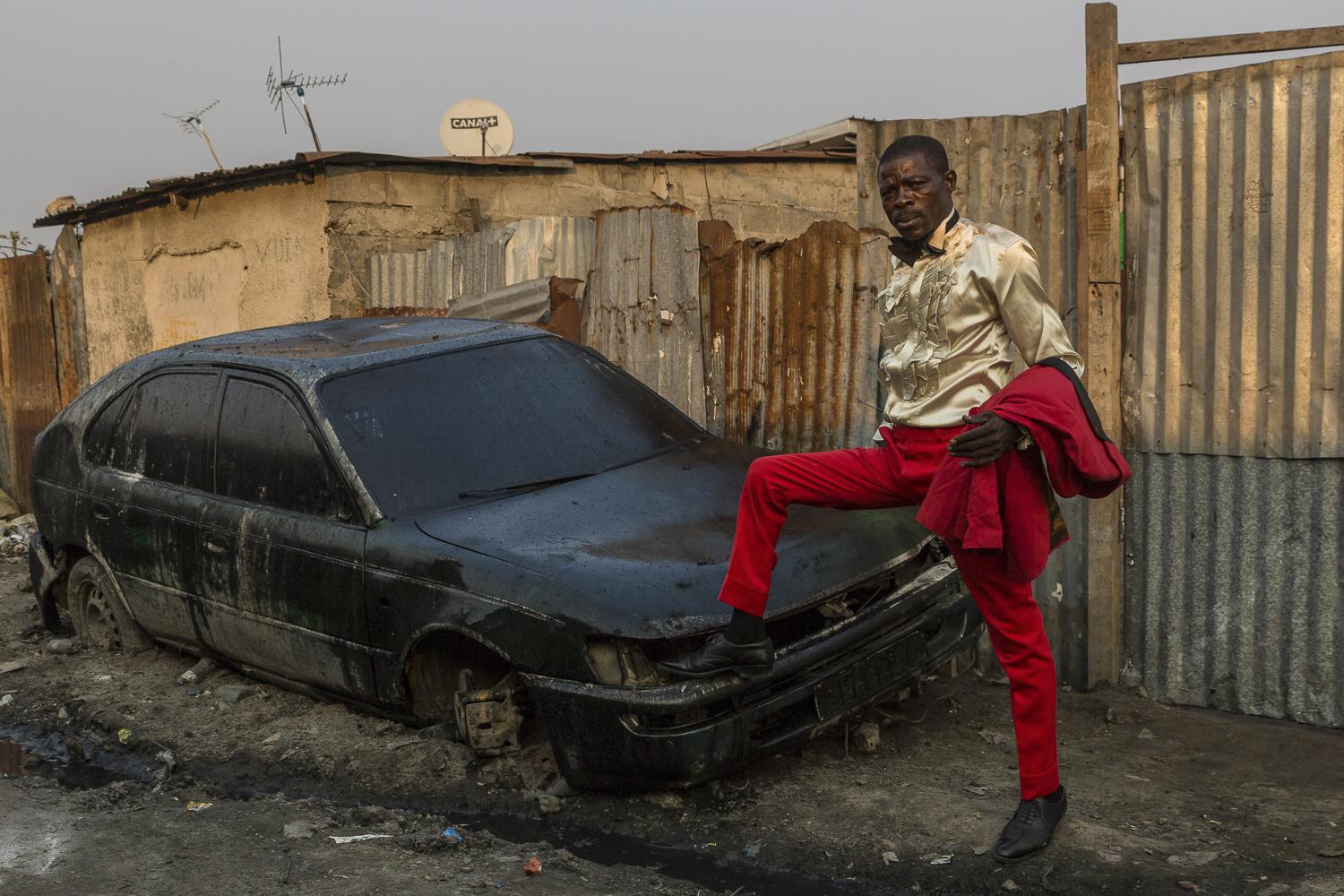
Your series focuses on portraits of people who follow La Sape in various districts across the city of Brazzaville, Republic of the Congo. How did you come up with this idea?
Research. I found out what has already been done and figured out what I was going to do differently. I spent a hell of a lot of time researching what is out there already: about the countries, the people and the subject matter I wanted to tackle. Logistics cannot be overlooked, especially when overseas. Everything will likely change when you are there, but it’s good to have a thought, an idea, a dream in your mind before you head out.
What area & people have touched you the most?
Africa, as many parts are not photographed. It’s also physically challenging. A lot of places I go to in Africa, it involves sleeping in tents, there’s no water, there are no toilets, you are out in the middle of nowhere. But, the people you meet, the environment and generally the images that come out of that environment can be amazing.
This is what I love to do, try and take pictures of people in environments that are not that well documented. Another reason is that I am drawn to disappearing cultures, environments, people whose cultures are fighting to survive with modernity all around.
What makes you decide to go to such place?
Over the years I used to travel a lot, my aim was to see the world, as many places as I could. Travelling with a small backpack and just going. I did that for many years and fell in love with looking at different cultures, languages, falling in love with the world. I didn’t take my camera with me all the time in the past.Today I am more interested in telling stories of many of the places I travelled to when I was younger. I saw amazing cultures, people and places, and today I want to try to share their amazing stories and lifestyles before many of these traditional cultures and places become part of the homogeneous world we now live in.
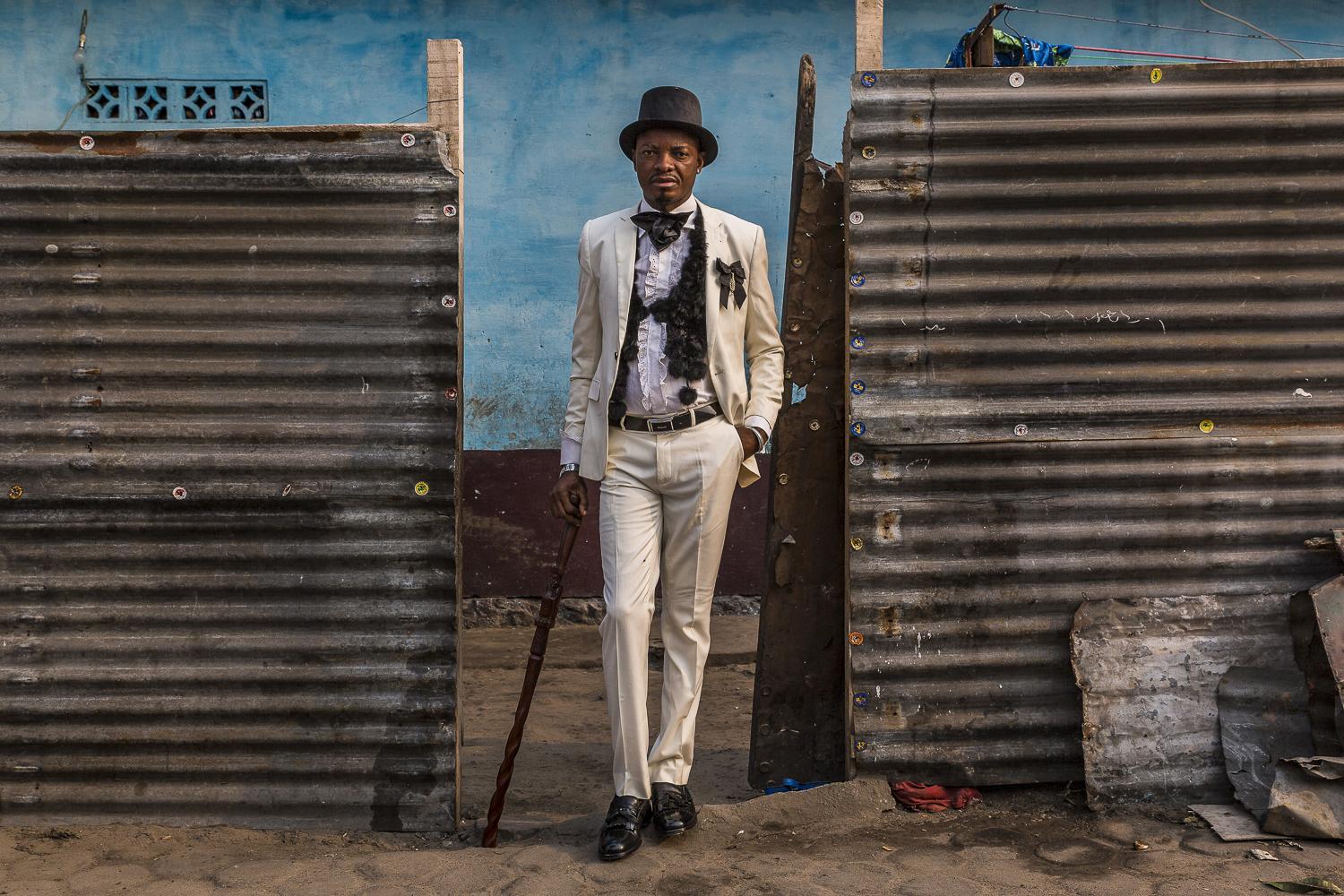
What advice would you give someone who would like to become a photojournalist today?
You need to research. What has already been done, what are you going to do differently, what are you going to do better -about the countries, the people or the subject matter to tackle. You need to plan your trip well logistically - factors like: is someone going to help you, do you have enough money, who are you going to meet with, who would you like to meet with, what story do you want to tell? Everything will most probably change when you are there, but it’s good to have a thought, an idea, a dream in your mind before you even start. One of the most important things is whatever you do, you have to be humble to the people you are working with; no judgment ever. If you are humble and respectful they will allow you to get closer to them, closer into their lives. That is where amazing images come from.
There is a quote by Ansel Adams – ‘Photographers don’t take photographs, they make photographs’. A lot of time is spent waiting. I don’t tell somebody ‘why don’t you walk across there and stand right in the middle of those two cows’. That’s not my practice. I wait for it to happen and that sucks, because it may happen or it may not happen. But, when it does happen you think to yourself that I absolutely nailed it. A lot of time is spent waiting for the right moment. You need to know what you want to happen. Making a photograph is about seeing something and having an image in your head and then running around to get the right position, light, components to make it happen. Making a portrait, when you can control most of the elements of the image, is of course a lot easier.

What’s next for you?
To do more each day, to do it better than the previous day, to keep improving my imagery, to show people who can’t travel or see certain places in the world what an amazing world we live in, to show how even though every place is very different – we are all pretty much the same across cultures, boundaries, race and religion. I would like my work to always show the dignity and humanity of the people who kindly allow me to enter their lives - irrespective of their environment.






